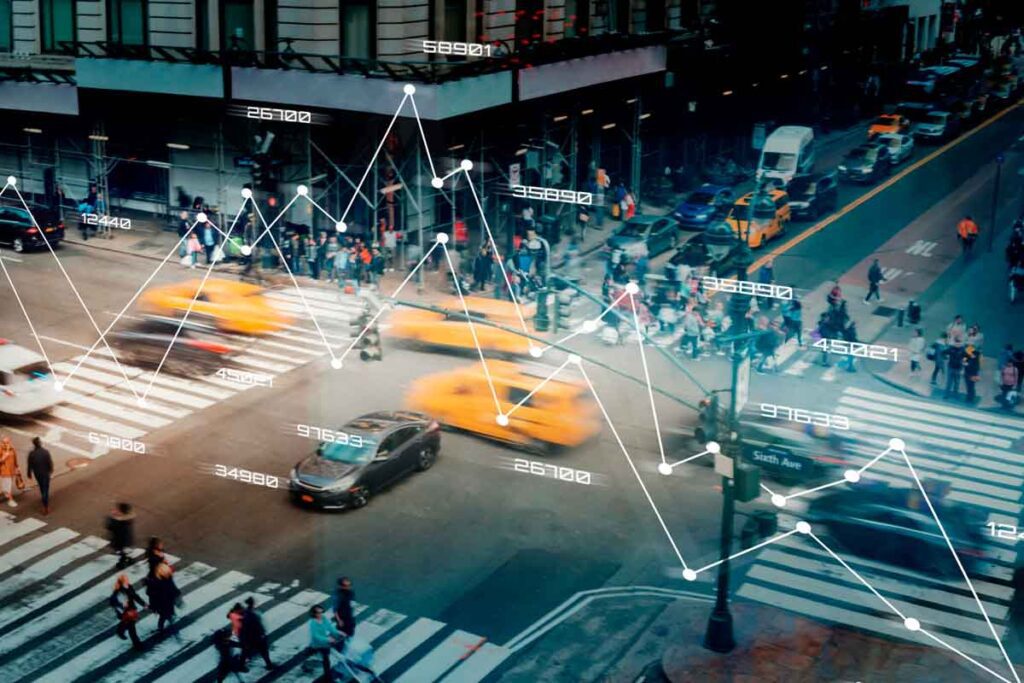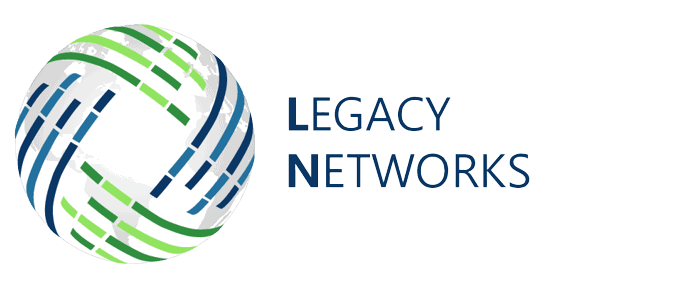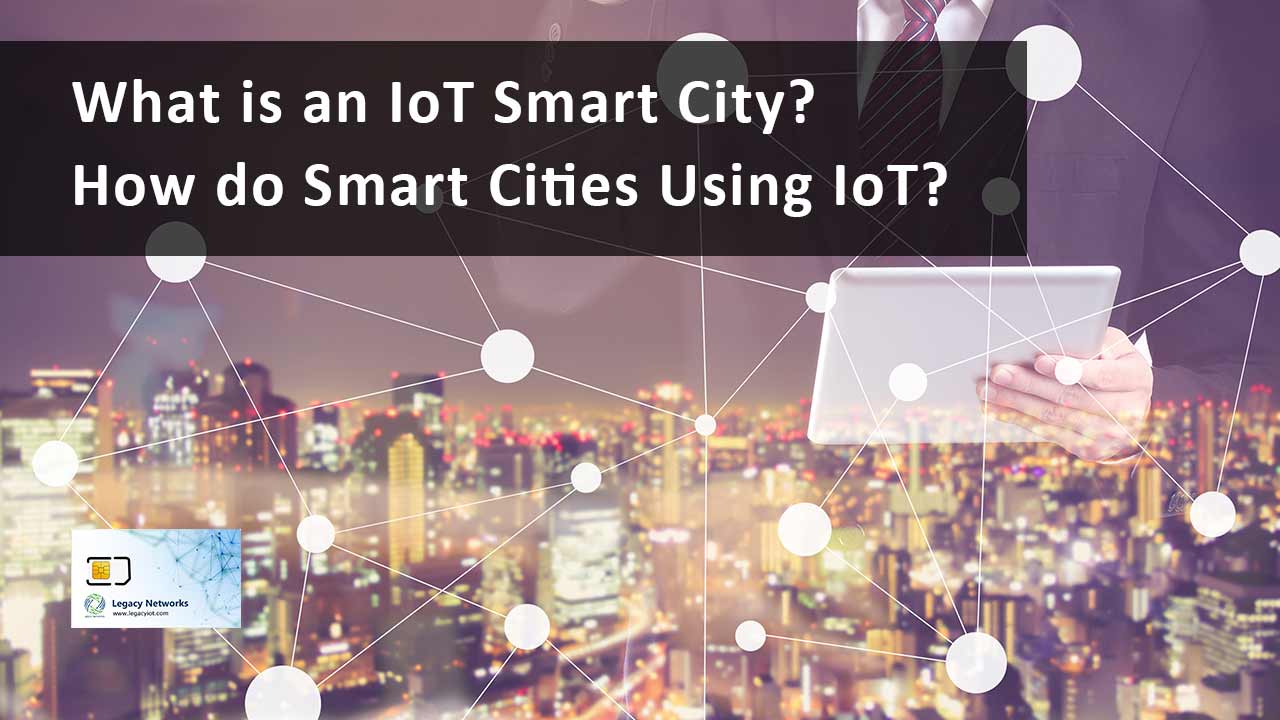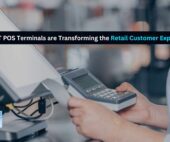Introduction
The world is undergoing a transformative phase where technological advancements are reshaping the way we live, work, and interact with our environment. One such advancement is the concept of IoT smart city where IoT stands for Internet of Things.
These smart cities are a result of integrating IoT technology into urban infrastructure and services to create more efficient, sustainable, and livable urban environments. In this article, we will delve into the essence of IoT Smart Cities, and How do Smart Cities Using IoT to enhance various aspects of urban life.
Understanding IoT Smart City
Smart cities use Internet of Things (IoT) technology to better city operations, increase resident quality of life, and encourage sustainable growth. Connecting numerous physical devices and items to the internet enables the Internet of Things (IoT) to gather and exchange data in real-time.
An innovative urban development known as an IoT smart city makes use of cutting-edge technology and data-driven solutions to streamline municipal operations and enhance the quality of life for its citizens.

In order for municipal officials to make informed choices, IoT smart cities fundamentally rely on interconnected devices, sensors, and networks to gather and analyze real-time data from diverse sources. The ultimate objective is to build cities that are smarter, safer, more environmentally friendly, and provide inhabitants with improved services.
Here are some key ways of Smart Cities Using IoT
Smart Energy Management: One of the most impactful applications of IoT in smart cities is energy management. By installing smart meters and sensors in buildings and public spaces, cities can monitor energy consumption in real-time, detect anomalies, and optimize distribution. This not only reduces wastage but also helps in balancing energy demand and supply.
Intelligent Transportation Systems (ITS) or Traffic Management: IoT sensors can monitor traffic flow and congestion in real-time. This data can be used to optimize traffic signal timings, improve public transportation routes, and reduce traffic congestion. These systems minimize congestion, reduce travel time, and enhance overall urban mobility.
Parking Management: IoT sensors can provide real-time information about available parking spaces, reducing the time and fuel spent searching for parking spots.
Environmental Monitoring: IoT sensors enable continuous monitoring of air and water quality, noise levels, and waste management. Early detection of pollution or environmental issues ensures swift corrective actions, maintaining a healthier living environment.
Smart Healthcare: Remote patient monitoring and wearable health devices are changing the healthcare landscape. Patients can be monitored in real-time, and critical data can be transmitted to healthcare providers for timely interventions.
Public Safety and Security: IoT-driven surveillance cameras, gunshot detection systems, and predictive policing tools enhance public safety. These technologies aid law enforcement agencies in preventing and responding to incidents effectively.
Water Management: IoT sensors can monitor water distribution systems, detect leaks, and manage water usage efficiently, contributing to water conservation efforts.
Smart Infrastructure: IoT sensors connected with m2m sim cards through the internet can monitor the condition of infrastructure such as bridges, roads, and buildings. This data helps city officials identify maintenance needs and respond to issues before they become critical.
Waste Management: IoT-enabled waste bins with fill-level sensors optimize waste collection routes, reducing fuel consumption and operational costs. Additionally, smart recycling initiatives promote sustainable waste disposal practices.
Citizen Engagement: IoT can enhance citizen engagement through smart apps and platforms that provide information about city services, events, and other relevant updates.
Disaster Management: IoT devices can help in disaster preparedness and response by providing real-time data on weather conditions, seismic activity, and other factors that could impact the city.
Agriculture and Urban Farming: IoT can be used in urban farming to monitor soil conditions, irrigation, and plant health, contributing to sustainable food production.
Conclusion
Urban development has advanced significantly with the rise of IoT smart cities. Cities can solve urgent issues, increase citizen services, improve resource management, and build a more sustainable and livable urban environment by utilizing the potential of IoT technology.
The idea of iot smart city offers a compelling vision for the future as the globe continues to urbanize, where technology seamlessly interacts with urban life to improve the well-being of citizens and build a better tomorrow.
Smart cities need a strong network infrastructure, data analytics capabilities, and comprehensive cybersecurity measures to secure sensitive data and guarantee the integrity of the IoT ecosystem in order to execute these applications. Smart cities will probably discover more creative ways to use IoT to improve as technology develops.





